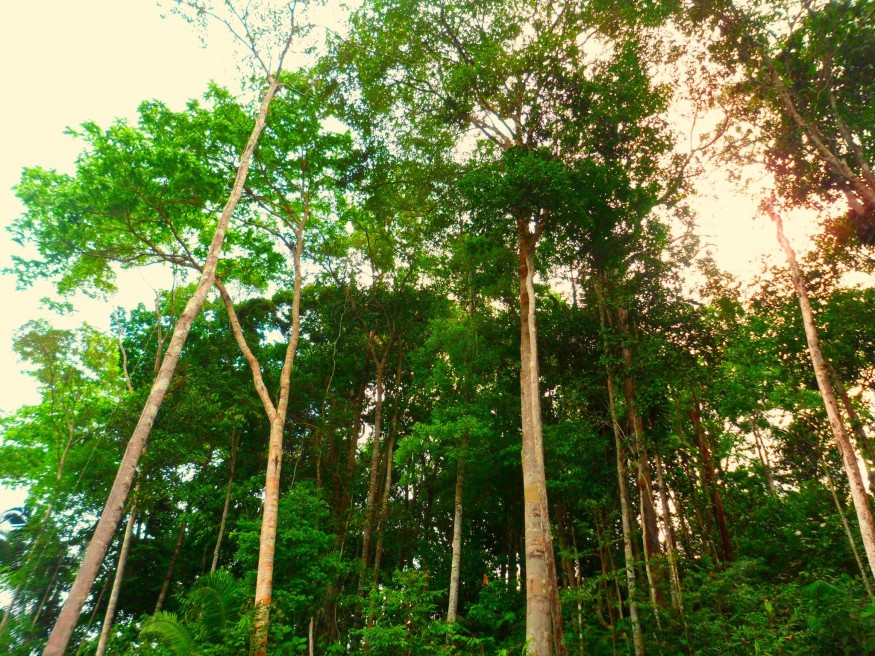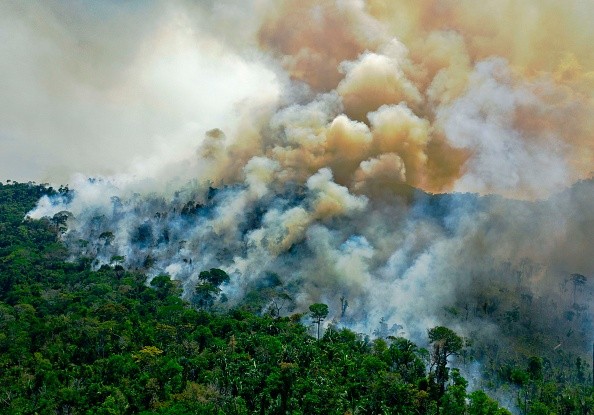Previously logged or burned areas of the Amazon rainforest may appear fully healed from space, with a robust, lush, and green canopy.
They could appear to be busy areas with a lot of noise. The animal life, however, may reveal a contrasting tale of environmental harm inside the jungle through a quieter soundscape.

Extensive Research
Researchers at the University of Maryland, College Park, and NASA's Goddard Space Flight Center in Greenbelt, Maryland, looked at the possibility of using a forest's acoustics as a low-cost way to assess its health.
Beginning in 2016, this study was directed by Danielle Rappaport, a doctorate candidate at the University of Maryland who is now a co-founder of the Amazon Investor Coalition. She and her colleagues coupled acoustic data gathered beneath the forest canopy with measures of tree height obtained from airplane flights and satellite-based views of logging or fires made by Landsat. NASA and the U.S. have been working together on Landsat for many years. geographic survey.
Noises of the Amazon

Animal noise recordings from burnt woods were quieter than those from intact forest areas, revealing gaps in the soundscape and indicating that species that had previously been there were now extinct. Rappaport claimed she could feel the differences as she entered these once burnt regions of the jungle to set up the recorders for the scientific observations.
Rappaport's field assistant took a temporary leave of absence after the first day of hiking through a forest that had been burnt five times during the research period because of the harsh conditions. Rappaport claimed that previously burnt woods more often had tougher conditions.
She was surrounded by insects like sweat bees and had difficulty navigating the dense foliage of the forest. However, when forests are surveyed from space, the regrown canopy seems as green and full as before the fires, masking these variations in the animal ecology that are present on the ground.
Rappaport and her colleagues decided to set and leave recorders in degraded woods for extended periods to acquire a larger, species-inclusive sound repertoire instead of focusing on certain times of day to target the acoustic signatures of well-known species.
These recordings, when evaluated collectively, showed distinctive ecological soundscapes. Frog, bug, bird, and primate species all utilize sound space in distinctive ways that allow researchers to study ecological systems and biodiversity without being physically there.
Loud Noises
Rappaport suggested imagining the animal soundscape as an orchestra. "The flutes occupy a distinct time of day and a different frequency range than the oboes."
Her team used a network theory technique to analyze soundscapes to create a brand-new way to measure forest health. This implies that Rappaport's team may comprehend the link between the number of effects and the community of species - the nature and quality of the instruments performing - by using the digital soundscape as a whole - the symphonic music - without needing to identify every species.
We're beginning to listen for them in ways that help us connect the joint production of sound, even if we don't know who's making the noise, said Doug Morton, an Earth scientist at NASA Goddard and Rappaport's Ph.D. advisor.
"It's one more step towards understanding the sound community without needing to know which individual species are there," he added.
New Data
Additional information from lidar measurements obtained between 2013 and 2016 and the previous 33 years of Landsat satellite recordings was needed to determine where to position the recorders and how to interpret the variety of soundscapes.
Related Article : Natural Regrowth Shows How Much Tropical Forests Regenerates in 20 Years Without Human Intervention
For more environmental news, don't forget to follow Nature World News!
© 2025 NatureWorldNews.com All rights reserved. Do not reproduce without permission.





